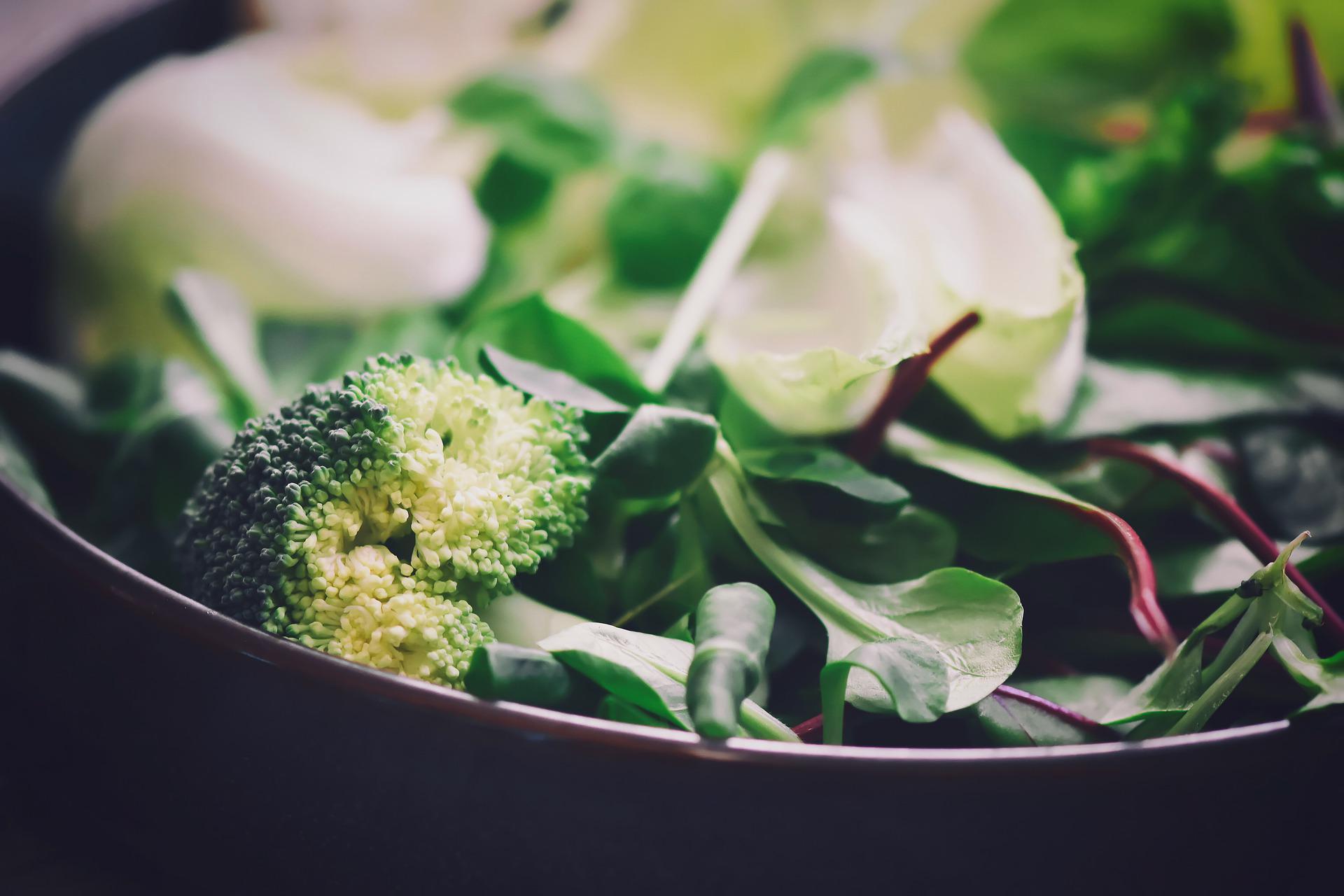
Summer Planting for Fall Harvest
Posted by Grange Co-op on 13th Sep 2022
Even after your spring planting has come and gone, your annual gardening doesn’t have to end. Some vegetables perform better in the late summer, making them ideal for the second round of summer planting. To get started, you need to decide what to plant, when to use seeds or transfer plants, and how to prepare your soil.
Know Your Average First Frost Date
Different areas of the country experience cooler temperatures and frost at various times. Make sure you know your average first frost date for when to plant. You can count backward from this date to know when to plant. In areas with earlier frost dates, you’ll need to plant during early summer. In those where the temperatures stay warmer longer, fall planting for a late fall or early winter harvest is possible. Check seed packets to see which ones will grow in colder temperatures. Different varieties of the same type of vegetable have a range of temperature thresholds.
Even areas within a state have different frost dates. For example, the first fall frost in Medford, Oregon, is October 23rd, while in Portland, Oregon, it’s November 22nd. Knowing your average first frost date will help you plan your garden and time a bountiful fall harvest.
Seeds vs. Seedlings
Some vegetable seeds should be planted indoors before transferring to your garden. Others recommend planting directly in the garden soil. When choosing between seeds and seedlings, think about the time you have between planting and the average first frost date. Then, if seedlings are available, it won’t take as long to grow these plants to maturity.
If your options are limited, pay attention to the length of time it takes seeds to mature. You don’t want to end up leaving your summer garden to freeze in the cold weather.
Best Vegetables for a Fall Harvest
You can plant some vegetable seeds during your summer planting and still have an impressive harvest by fall. Some good choices include:

- Carrots
- Cutting Greens
- Peas
- Bush Beans
- Beets
- Scallions
- Radishes
- Spinach
- Arugula
- Mustard
- Mache
You can plant some of these, including radishes and lettuces like Mache and arugula, from July until the end of September. When planting seedlings, opt for these plants from mid-July until the end of August:
- Kale
- Onion
- Iceberg Lettuce
- Leeks
- Broccoli
- Chard
- Cabbage
- Cauliflower
You can also plant brassicas, more commonly known as cruciferous vegetables, through September. This group includes purple-sprouting broccoli, purple cauliflower, collard greens, and turnips.
Getting Started
You’ve decided on your crop, purchased the seeds or plants, and now you’re ready to get started. First, turn your soil and add in some all-purpose fertilizer. This will replace the nutrients that the first planting round used up.
You can use several gardening tools to turn your soil, the most common of which is a tiller. A tiller is essential for frequent spring, summer, and autumn planting. If you’re working with a large piece of land, you might want to use a mechanical tiller. For smaller gardens, a handheld tiller might be adequate.
Plant in the morning or evening when the sun isn’t at its peak. These are also the best times for watering so that it doesn’t evaporate instead of going to the roots. Water seeds and seedlings at least once daily to keep the soil moist.
It isn’t just the threat of frost that you have to worry about. It’s also keeping your plants safe from the hot summer sun. You might need to do more than water two or more times per day to protect your garden. If the temperatures get really hot, purchase a shade cloth to place over them to prevent burning. The fabric is lightweight to let light and water through without allowing the plants to burn.
Keep Weeds Under Control
Gardening always means battling weeds no matter what season or how hot the weather is. Take action as soon as they start popping up. It’s easier to take the garden hoe out and eliminate the first few stragglers than it is to till the entire garden once they’ve taken hold. Besides, weeds will compete with your garden plants for water and nutrients.
Keep Natural Predators Away
Don’t expect to have fewer problems with predators during summer and fall growth than with the vegetables you plant in the spring. Deer and rabbits are some of the biggest threats to your plants. Use repellent to keep animals from eating your garden plants at night. Liquid Fence is an excellent choice that doesn’t harm plants and animals; you can apply it year-round.
You also need gardening pesticides to keep smaller predators away. Consider applying an organic 3-in-1 spray that kills insects, mites, and ticks and prevents fungal growth.
Benefits of a Fall Harvest
If you love eating and preparing fresh, nutritious vegetables for your family in the summer, summer planting will deliver even more food to enjoy for longer. Summer planting is just one way to enjoy your harvest a little longer. In addition, you can preserve some vegetables for use all winter or even the following year.
Shop Grange Co-op for All Your Gardening Needs
Grange Co-op has a wide variety of gardening supplies, including tillers, insecticides, fertilizer, tools, and more. Reach out to a Grange Gardening Expert using our online contact form or visit us at a nearby location. Get started today and enjoy a nutritious fall harvest before the first frost!
